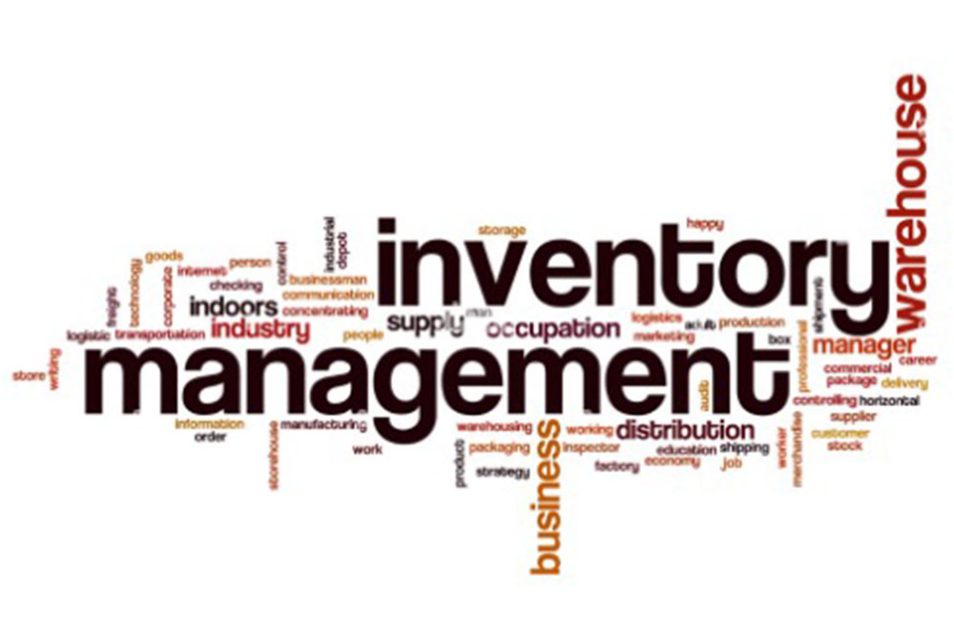What's New
Why Forecasting Matters
By Dave Tovissi
Vice President and General Manager
HARMAN Luxury Audio

As companies adjust to post-pandemic realities, some of them are trying to revert to the way they used to run their business before supply chains were disrupted by COVID. Inventory management is one of the major business practices that has seen a change from the past. Many companies kept their costs down by operating on exceptionally low, or no inventory in their back rooms. Those dealers operated on a Just-in-Time (JIT) inventory strategy. JIT inventory management strategy saw companies only placing orders of an item after a customer has placed an order with them, therefore keeping their inventories low.
While this streamlined approach can appear to have major financial benefits, it may also cause issues if key products that they just sold are not available in the supplier’s warehouse. JIT is susceptible to both supply and demand shocks. There are many moving parts to the supply chain, and rare or precious materials like Beryllium often play a critical role in the lead-time it takes to manufacture products. When certain sub-suppliers cannot deliver, the production of our products will experience delays.

JIT worked well in the past thanks to dependable and stable conditions. But the pandemic blew a fuse, revealing flaws to just-in-time. Just-in-time promotes efficiency and product quality, but sometimes at the expense of resilience, and therefore is not always equipped to manage the turbulence of global events, weather disasters, and the Russia-Ukraine conflict.
To mitigate the realities of Long Lead Times and Rising Costs associated with inflation, HARMAN shares anticipated demand for our products with our suppliers up to 18 months in advance of the production period. That way our suppliers can procure the hard-to-find components, or work with our engineers to substitute these components with a suitable replacement component. Substituting components may take longer than waiting for the long lead time components because it may require reengineering the product. By reengineering the product, it may require compliance and safety testing.
The alternative to operating a just-in-time supply chain is to operate using a Just-in-Case (JIC) supply chain. JIC operates completely differently to JIT. Just-in-case is a system which depends on extra stock and buffers for high-demand products to maintain business continuity. A recent article in Supply Chain Dive mentioned that around 64% of today’s retailers are pivoting from just-in-time to just-in-case to circumvent liability.

While just-in-case has value, that is not to say that companies should completely abandon just-in-time as inventory levels remain elevated. A modified version of just-in-time can be beneficial where companies only stockpile certain vulnerable items to avoid fallout from potential disruptions. Clearly, consumers still have an expectation of high variety, rapid delivery and reasonable cost that define just-in-time supply chains.
Another way to reduce the risk of not having the right product when you need it is by providing us with a forecast of what you anticipate you will need over the next 12 months. You can do that by analyzing the sales of the past and comparing that to the proposals you have already presented to your customers. You can create a predictability forecast of anticipated orders of specific products by applying your average close rate to this formula. For example, if you are a JBL Synthesis dealer and you have five proposals waiting for customers to commit, you could estimate the likelihood of closing these projects and give your HARMAN regional sales manager a heads up on what you have in the pipeline. With that additional insight, our team relays your forecast to our demand planners which triggers a purchase order to our suppliers.
Properly forecasting product demand requires a commitment to take the time to analyze data of the past and present before applying it to future orders. Companies can reduce their financial risk associated with JIC inventory management by taking the time to forecast and share your needs with us.

